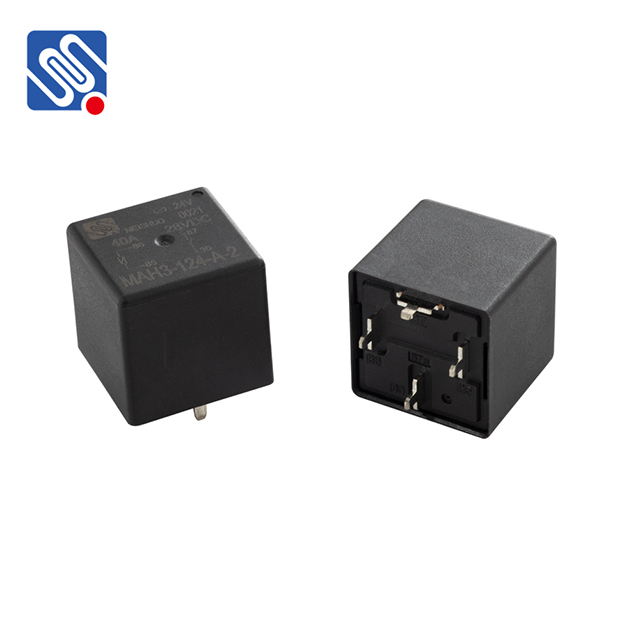Relay assembly techniques are a critical part of designing and manufacturing high-quality relays used in a wide range of electrical and electronic applications. These techniques ensure that relays function properly, efficiently, and with reliability in various environments. Whether relays are used in automotive systems, telecommunications, industrial machinery, or home appliances, the quality of assembly directly impacts their performance. This article delves into the key processes, components, and best practices involved in relay assembly.

Key Components in Relay Assembly Before diving into the techniques, it’s important to understand the core components of a relay: Electromagnetic Coil: This coil, when energized, generates a magnetic field that activates the relay’s switch. It is typically made of copper wire wound in a tight coil. Contacts: Relays have both stationary and movable contacts. These contacts open or close the circuit based on the activation of the relay. The integrity of these contacts is crucial to ensure proper operation. Armature: The armature is a movable piece that interacts with the contacts. It moves when the magnetic field created by the coil pulls it, enabling or disabling the circuit.